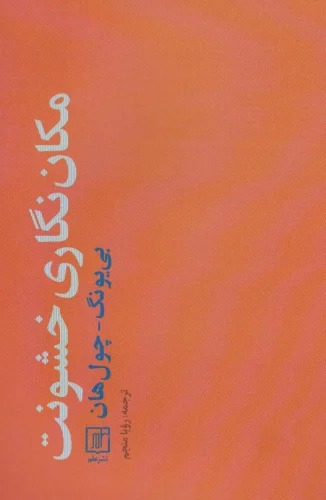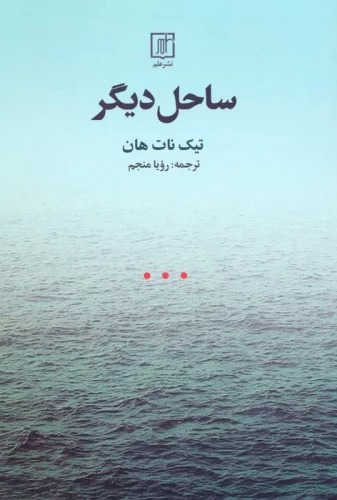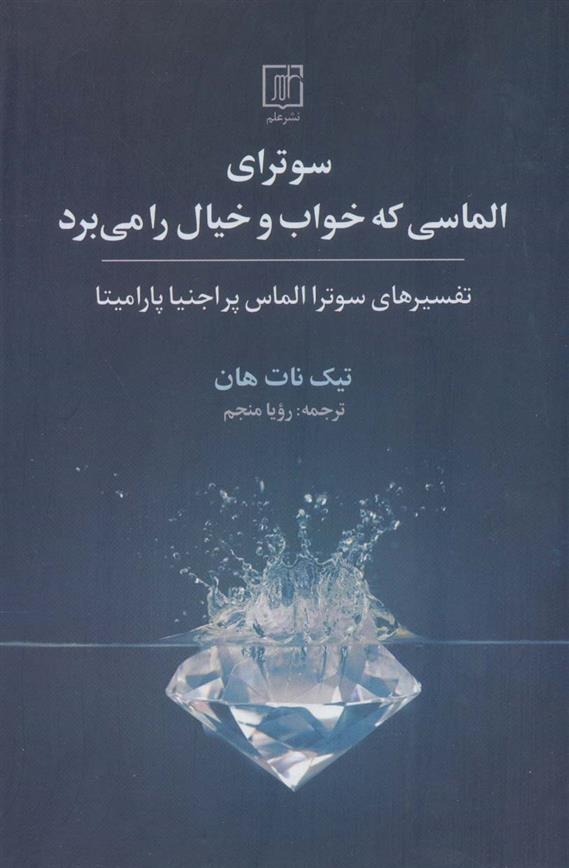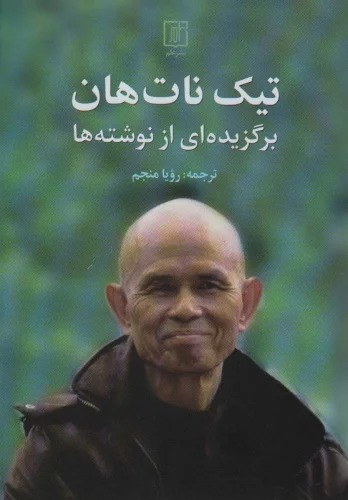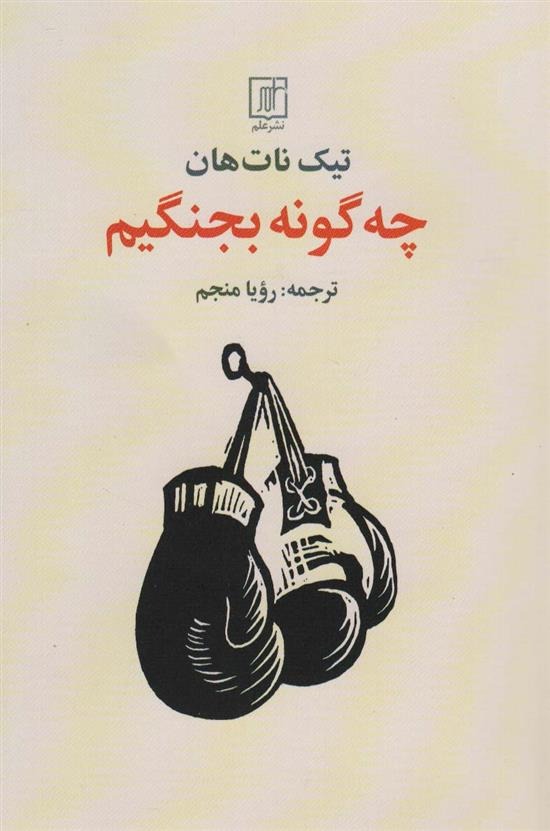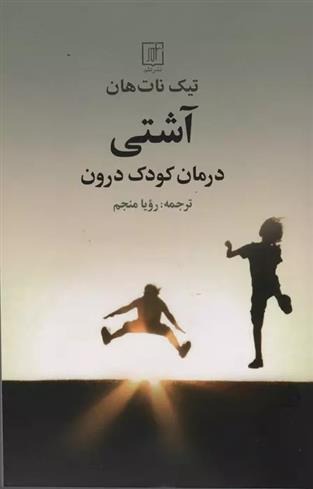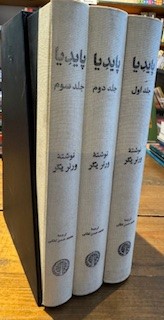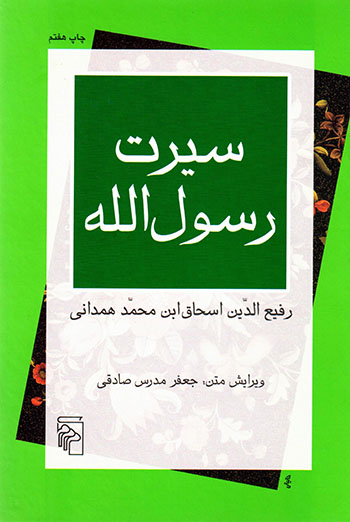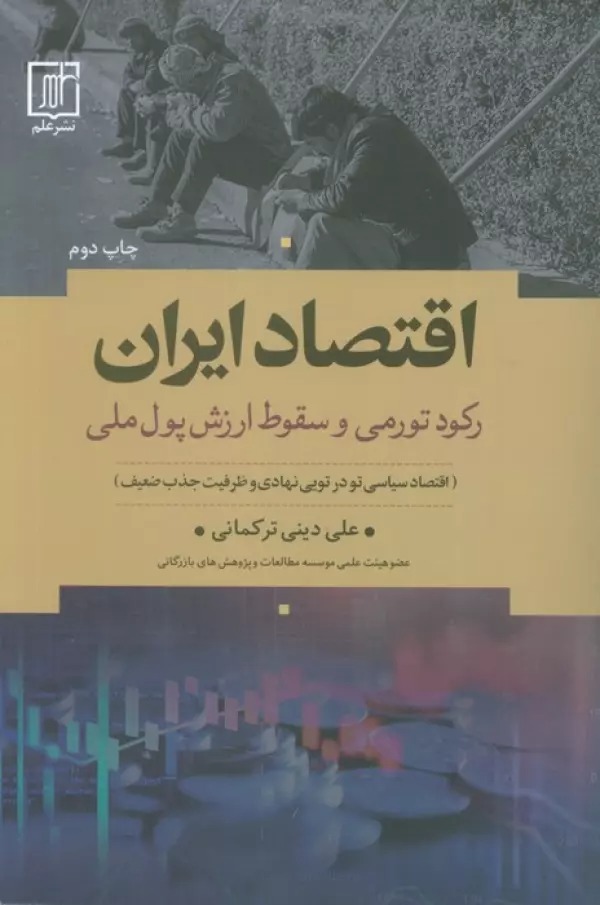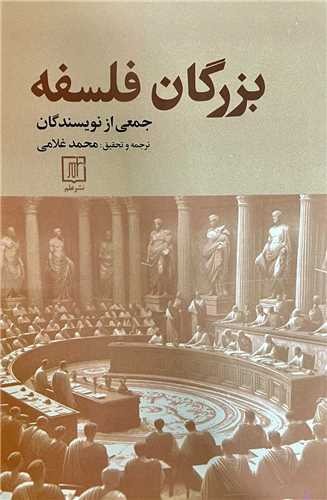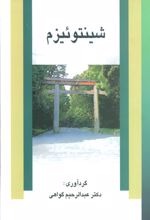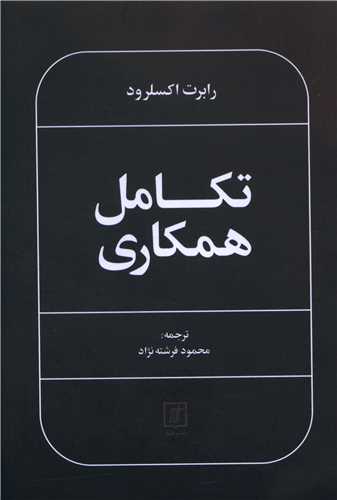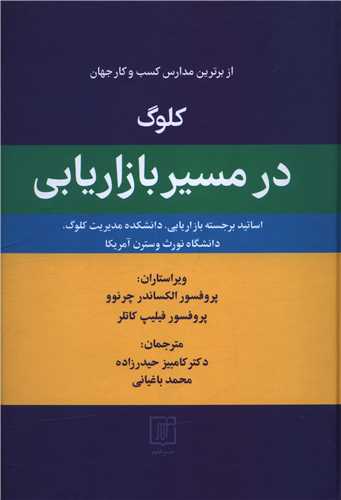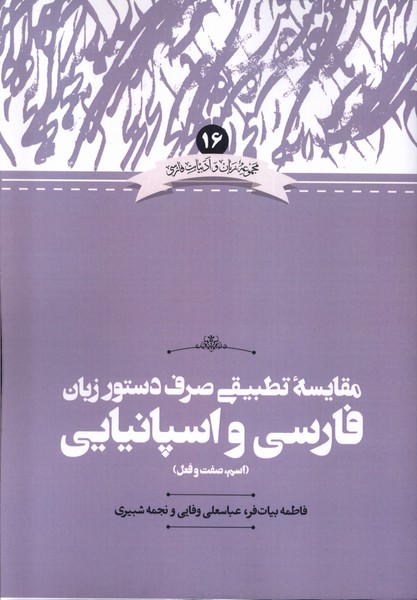Makan'nigari-yi Khushunat: Persian 1401
مکان نگاری خشونت
191 SEK
Share
Wishlist
ISBN:
9786222463946
Translator:
Rawyā Munajjim
Publisher:
'Ilm
Age Group:
Adult
Pages:
168
Weight:
170 g
Dimensions:
14 x 21 x 1.5 cm
Book Cover:
Paperback
One of today's most widely read philosophers considers the shift in violence from visible to invisible, from negativity to excess of positivity.
Some things never disappear—violence, for example. Violence is ubiquitous and incessant but protean, varying its outward form according to the social constellation at hand. In Topology of Violence, the philosopher Byung-Chul Han considers the shift in violence from the visible to the invisible, from the frontal to the viral to the self-inflicted, from brute force to mediated force, from the real to the virtual. Violence, Han tells us, has gone from the negative—explosive, massive, and martial—to the positive, wielded without enmity or domination. This, he says, creates the false impression that violence has disappeared. Anonymized, desubjectified, systemic, violence conceals itself because it has become one with society.
Han first investigates the macro-physical manifestations of violence, which take the form of negativity—developing from the tension between self and other, interior and exterior, friend and enemy. These manifestations include the archaic violence of sacrifice and blood, the mythical violence of jealous and vengeful gods, the deadly violence of the sovereign, the merciless violence of torture, the bloodless violence of the gas chamber, the viral violence of terrorism, and the verbal violence of hurtful language. He then examines the violence of positivity—the expression of an excess of positivity—which manifests itself as over-achievement, over-production, over-communication, hyper-attention, and hyperactivity. The violence of positivity, Han warns, could be even more disastrous than that of negativity. Infection, invasion, and infiltration have given way to infarction.
more
چیزهایی وجود دارد که از بین نمی روند، خشونت یکی از آن هاست. امروزه خشونت دارد از شکل مرئی به نامرئی تبدیل می شود. از امری صریح تبدیل به امری ویروسی، از نیرویی خشن به نیرویی میانجی گر، از امر واقع تبدیل به امر مجاز، از شکلی فیزیکی تبدیل به شکلی روانی، از امری منفی تبدیل امری مثبت... چیزی زیرپوستی می شود و کم حرف. وارد فضایی مویرگ گونه و سیستم های عصبی می شود و در نتیجه این اشتباه را برای ما ایجاد می کند که خیال کنیم محو شده است. در لحظه ای که به طور کامل نامرئی می شود خود را با نیروی مقابل ادغام می کند. نیروی مقابلش همانا آزادی است. خشونت جنگی جایش را به خشونت نظام مند و بی نام و سوژه تهی گر داده که خود را مخفی می کند. چون با جامعه یکی شده است و...
more

